The landmark nuclear deal sealed between world powers and Iran has been hailed a triumph by many industry players in Iran and elsewhere, especially in the context of doing business in the country. HVACR industry leaders share their views on the current state of the industry and how lifting sanctions on Iran will widen opportunities for the sector.
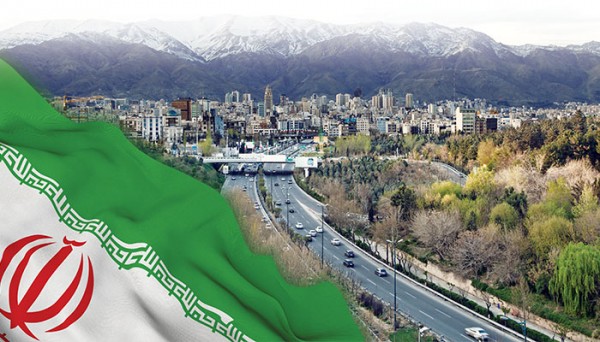
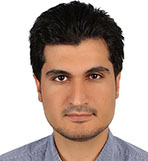
Hesam Afzali, Technical Manager at Smart Cool Group
The recent developments in Iran should put a smile on the faces of many HVACR manufacturers in the region. The situation appears to be more than buoyant, according to Hesam Afzali, Technical Manager at Smart Cool Group. “We have an upcoming exhibition in October, called IRAN HVAC&R, and we have observed that there are several international requests,” he says. “Several companies want to participate in the exhibition, with the intention of investing in Iran and getting a sizable market-share.”
Though Afzali acknowledges that the sanctions have not been lifted completely, he observes that there have been several enquiries recently from industries worldwide showing interests. He believes that Iranian companies now are more willing to export to other countries.
Market size and demand drivers
To get a clear picture on the current market size of the HVACR industry in Iran, one would have to analyse it in an indirect manner. Doing this is Farzin Navai, the General Manager at Mech. El. Engineers Co., who says that Iran’s construction business was about USD 80 billion for 2013, with a turnover of USD 38 billion. “There are some estimation that this [construction] market will reach USD 150 billion by next year,” he says, adding that Iran’s total electricity production for 2012 was around 69,000 MW. He elaborates: “According to official estimates, Iran uses about 30% of its electricity for buildings – residential and commercial. If we consider the usual 50% for HVACR of total energy consumptions, there would be a huge demand for all the varieties of HVAC and related products.” He surmises that building HVAC systems in Iran can be estimated to be valued at USD 10 billion, annually.
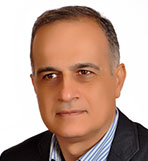
Farzin Navai, the General Manager at Mech. El. Engineers Co.
Afzali agrees that construction is one of the major demand drivers in Iran. “Because of the upcoming towers and shopping malls, there is a demand for new centralised systems,” he says. “Even old buildings are changing their evaporative coolers to split units. Nowadays, even in small apartments, people prefer using centralised chillers.”
In addition to the construction sector being one of the catalysts for HVACR demand, Afzali claims that the market craves for new technologies and energy-efficient products. Another aspect that one must factor in for the demand for new technologies is the fact that Iran has a four-season climate. “You could find cities in Iran with summer temperatures ranging from 48 degrees C to 29 degrees C,” Navai explains. “Furthermore, the average minimum temperature in some major cities in winter could go to -18 degrees C. So, when we want to talk about HVAC and construction industries in Iran, heating is quite as important as cooling and refrigeration.”
Another reason why Iranians prefer new technologies, Afzali says, is because evaporative cooling cannot handle different climates. “Many people in Iran have their own apartment,” he points out. “So they prefer using something that lasts longer, consumes less power and is energy efficient.” Another important fact he shares is that Iran has different tariffs for different times, and people prefer installing intelligent control systems to manage the demand based on data. “These things [intelligent control systems],” he says, “are much easier with a centralised system rather than evaporative cooling.”
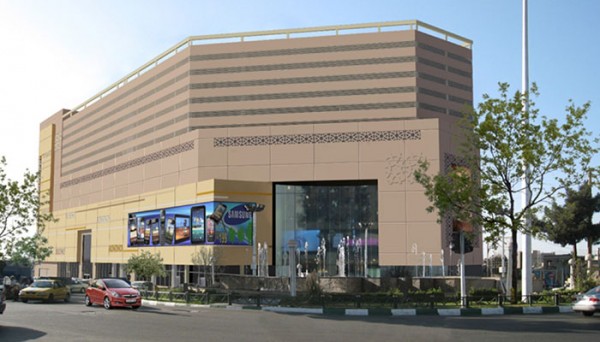
Shoush Commercial Centre in Tehran: A 132,000-square-metre shopping centre with 24,000 RT. Under construction. Mechanical Designer and Project Manager: Farzan Navai at Mech. El. Engineers Co.
Recognising challenges and tackling them
Owing to various seasons across Iran, Afzali highlights that there is no one-size-fits-all solution when it comes to the HVACR sector. Other challenges, in Navai’s opinion, are maintaining a stable economy, establishing strong and long-term strategies with the government and local manufacturers, competing with international players, investing on new technologies and improving local regulations.
To overcome such challenges and to increase market penetration, most Iranian manufacturers are thinking of importing new items and trying to get into international business. “Before they were only thinking of how to copy technologies,” Afzali says. “Now, they want different European companies to buy things from them.” Iranian manufacturers entering the GCC market is another significant trend. And they know they have to improve the quality of their products to carve out a niche for themselves. “This is a time to compete with not only other Iranian manufacturers but also foreign manufacturers,” Afzali says.
Iran and the GCC region – learning from each other
Navai believes there ought to be more communication between engineers in the GCC region and Iran to make exchange of learning possible. In his opinion, Iran has capable construction engineers who are quite up-to-date on the latest developments in the sector. “The business of big commercial buildings are abundant now – in the range of 50,000 square metres to more than 500,000 square metres,” he reveals. “Some of these projects are quite complicated but are under way without any major issues.”
Afzali seconds this view, saying: “There are several big projects in Iran owing to its population.” Voicing the general mood, he adds: “We are interested in doing projects in the GCC area. Manufacturers are also thinking of exporting their products to the GCC area. The GCC and Iran can truly benefit from each other.”
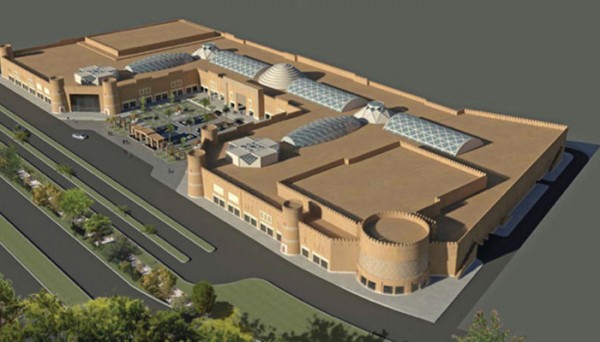
Paradise II in Kerman city: A 68,000-square-metre commercial building with 16,000 RT. Under construction. ( Mechanical Designer and Project Manager: Farzan Navai at Mech. El. Engineers Co.
Iran HVAC&R
The 14th IRAN HVAC&R 2015 will be held from October 17 to 20 at Tehran International Permanent Fairground, and is expected to have hundreds of industrial companies and experts participating. The exhibition organiser claims that it will provide companies with a great opportunity to showcase their brands and help them develop their network of business partners in new regions. For more information: http://www.iranhvac.com/en/iran-hvacr/exhibition-profile.
Iran opens its doors
After the signing of the nuclear deal, many countries and companies appear to be enthusiastic about reviving their business ties with Iran, which for long, was under a global trade embargo. Iranian leaders have reciprocated this interest in conducting business in many sectors, including technology and manufacturing.
Here are a few of the sectors that would immediately benefit from a sanction-free Iran…
The first sector of interest in Iran would be the energy sector, followed by the arms industry. The others are Iran’s consumer and technology markets. With a population of roughly 80 million, Iran is demographically the second largest in the region, and the 17th largest in the world.
Western companies and products appear to have an edge over others in Iran’s consumer market. Nevertheless, the process of doing business with Iran in full swing is still going to take time, as sanctions will be lifted in stages.
When it comes to the Gulf region, Dubai is expected to witness increased trade from an economically free Iran. More than 75% of Iran’s trade in the Gulf is conducted with the UAE. In addition, Iran is UAE’s fourth largest trading and business partner after china. (Information Source: http://www. huffingtonpost.com/majid-rafizadeh/doing-business-with- post_b_7960484.html)
Copyright © 2006-2025 - CPI Industry. All rights reserved.